
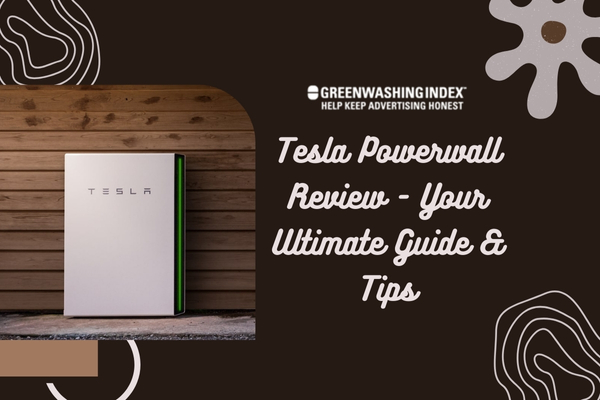
When it comes to home energy solutions, the Tesla Powerwall is a name that often pops up. It’s the sleek, futuristic battery that promises to not only power your home but revolutionize your entire energy consumption pattern. Imagine cutting down on your electricity bills and saying goodbye to blackout frustrations.
With its cutting-edge technology, the Powerwall seems like a dream come true for any homeowner. But what’s the real scoop behind this high-tech gadget?
The Tesla Powerwall is an advanced lithium-ion battery designed to store energy from solar panels or the electricity grid. It serves as a backup power source during outages and helps manage household energy use more efficiently.
As someone looking to embrace a greener lifestyle without sacrificing comfort or convenience, this evaluation will shed light on how it could be just what you’re after.
When I first laid eyes on my new Tesla Powerwall, it was a moment filled with a rush of excitement. The sleek and modern design caught my attention immediately. It was more than just a battery; it felt like a piece of the future had arrived at my doorstep.
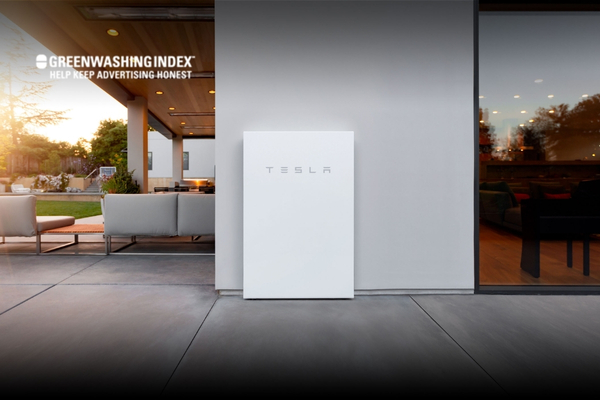
Unboxing the Powerwall was an experience in itself. The packaging was robust, ensuring safety during transit. As I carefully removed it from its secure box, I couldn’t help but admire its build quality – sturdy and ready to withstand the demands of daily use.
| Feature | Details |
|---|---|
| Battery Type | Lithium-ion home battery |
| Purpose | Stores energy generated by solar panels |
| Charging | Can be charged with any electricity source |
| Usage | Save money on electricity bills or as a backup during power outages |
| Expandability | Can be coupled with multiple Powerwalls for increased energy storage |
| Battery Capacity | 13.5 kWh |
| Continuous Power Output | Powerwall 2: 5.8 kW <br> Powerwall+: 7.6 kW |
| Modes of Operation | Solar Charging and Use Backup Power Time-Based Control |
| Powerwall Efficiency | 90% round-trip efficiency |
| Powerwall+ Additional Features | Built-in AC inverter Higher continuous power output at full sun (7.6 kW) |
| Space Requirements | Gateway: 2 feet width, 3 feet height Powerwall: 4 x 5 feet for each battery, with 6 feet clearance in front |
When you think about keeping the lights on when the power goes out or saving money on your electricity bills, you might imagine a big noisy generator or complicated systems. But what if I told you there’s something much smarter and quieter? That’s where the Tesla Powerwall comes in.
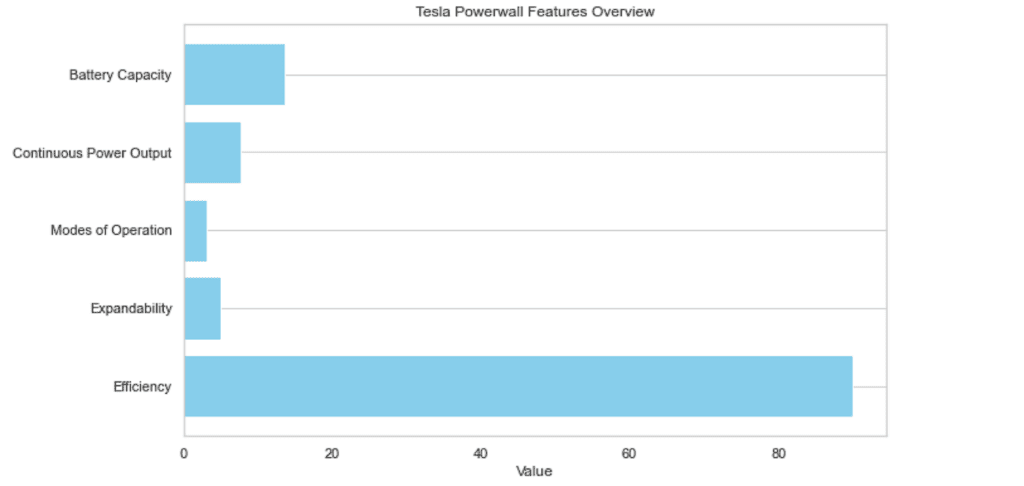
The Tesla Powerwall is like a secret agent in the world of home batteries—sleek, smart, and powerful. Here’s what sets it apart:
Now let’s compare this with other home battery systems out there:
These standout features show why the Tesla Powerwall isn’t just another battery — it’s technology reshaping how we power our homes efficiently and intelligently.
Also Read: Blueland Review: Are These Green Products Worth It?
Imagine you have solar panels on your roof. These are like big sponges soaking up sunlight throughout the day. The energy they capture is clean and pure but it’s not quite ready to use in your house just yet. This is where Tesla Powerwall kicks in.
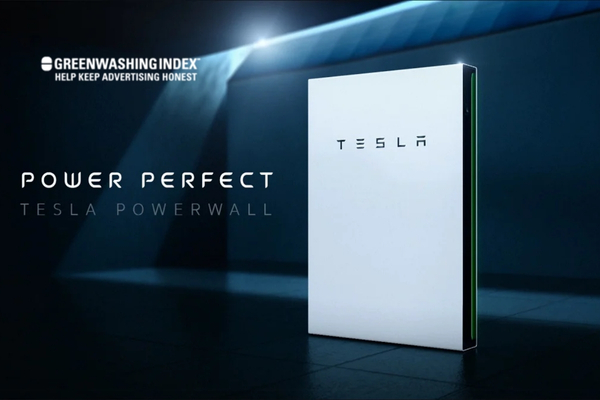
Morning Charge:
As morning light breaks, your solar panels start working almost at once, drawing energy from even the weakest sunlight. Even early in the day, they begin to send power to your Powerwall.
The beauty of this system is that it can store that early morning energy for later — perhaps when you’re making dinner or when you’re back home at night.
Peak Sunshine:
Now let’s talk about midday when the sun is high and strong. This time is prime for charging up your Powerwall fast!
During these hours, most folks aren’t using much electricity because they’re out at work or running errands. So what happens then? Well, all that extra power goes straight into storage in your Powerwall.
It’s sort of like saving leftovers from a big lunch so you can enjoy them for dinner without having to cook again.
Solar Surplus:
Often on very sunny days, there’s more power than what you need for one day stored up in your Tesla Powerwall. It means if tomorrow turns out cloudy or rainy and there’s not much direct sunlight hitting those solar panels on your roof?
No worries! You’ve got backup energy already saved away ready to keep things humming along smoothly without any hitches.
Also Read: Tube TV Disposal: Eco-Friendly Options You Need to Know
When I hear about a product like the Tesla Powerwall, I don’t just take what’s on paper for granted. It needs to prove its worth in real life. That’s why I put my own Tesla Powerwall through some intensive usage scenarios. Here’s how it went down.

First off, let me share that I wanted to see if this battery could really handle the ups and downs of daily use and more. So, I crafted a plan to really push it to its limits.
My home is powered by solar panels and they do a fine job during the day. The first test was all about storing that excess solar power in the Powerwall and then relying on it at night. Simple enough, right?
For weeks on end, my family and I used every appliance as we normally would, but once the sun set—it was all on the Powerwall. Lights, TV, fridge—you name it, if it needed power at night; this battery was our only source.
The result? The Tesla Powerwall didn’t even break a sweat keeping up with our energy needs every night. And yeah, even on days when clouds were generous.
What happens when there’s an outage? Well next up in my endurance testing—unexpected blackouts (simulated ones). Without warning (at least for my family), I’d shut off our main supply and switch us over entirely to what was stored in our friendly neighborhood battery—the Powerwall.
With each “outage”, not once did we have to pause our lives or scramble for candles or flashlights. That big lithium buddy had us covered consistently with necessary power until ‘electricity’ magically came back (when I switched the mains back on).
This is where I gave an approving nod because—that’s reliability right there!
Where we live doesn’t get too crazy weather-wise but extreme conditions can be tough on batteries. So how do you test for something that doesn’t happen often? You simulate!
I cranked AC units during summer peaks pretending we were riding out a scorcher of a heatwave! Then came winter—I had heaters running as though Jack Frost himself moved in! All while still having enough juice from one day of sun-charging.
Despite these mock temperature marathons over several charged cycles—the remaining capacity always stayed strong—at least within those golden 10-year lifetime expectancies they promised.
Every time one of these tests wrapped up—I noted down how well the Tesla Powerwall held up concerning efficiency and output during intensive use—tracking numbers closely against manufacturer claims.
The takeaway from all these endurance tests? This Tesla Powerwall holds its ground firmly against daily demands or unexpected surprises from Mother Nature or your local grid alike!
Integrating a Tesla Powerwall into your daily life can sound complicated, but it’s pretty straightforward when you break it down. I’ll give you practical advice on how to mix this power storage unit into different ways of living. Whether you’re in the city, living off-grid, or just want a backup for emergencies, here’s how you can make the Powerwall work for you.
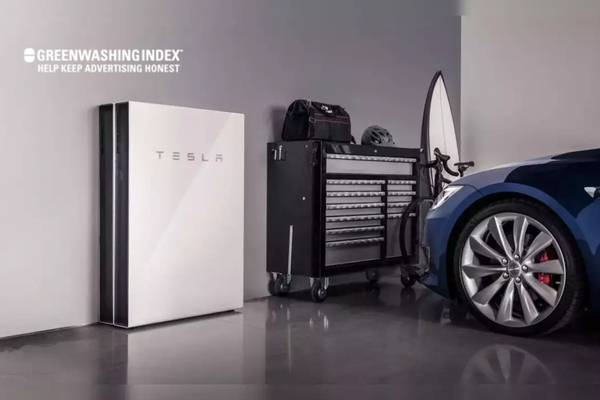
For Urban Living:
For Off-Grid Living:
As Emergency Backup:
In any case, remember these points:
Remembering these steps can help weave these powerful batteries seamlessly into whatever lifestyle you lead while doing good for our planet!
When thinking about buying something big like the Tesla Powerwall, it’s good to take your time and think if it really fits your life. I want to share some advice on how you can decide if the Powerwall is good for you.
Before diving in, let’s take a step back. The Tesla Powerwall is a battery that stores power. If you have solar panels, the sun’s energy can charge it during the day. Then, at night or when there’s no sun, you can use that stored energy instead of buying electricity from a company.
First thing first, who are you in this big world? Are you someone living far from towns where power cuts happen a lot? Maybe you’re into “homesteading” — that means living mostly on what you make and growing yourself. If so, electricity is super important for things like keeping food cold in fridges or getting water from wells.
Now let’s say you live in a city and worry about blackouts. We all know how annoying they can be! No lights, no TV – nothing! A backup like the Powerwall might just be perfect for times like these.
But maybe these things don’t worry you much. You might think “Why do I need this?” Well then, perhaps saving money gets your attention? Electricity usually costs more when everyone wants it — like on hot days when all air conditioners are running at full blast. The Powerwall lets you use cheap power when expensive power would normally be needed!
Now let’s talk space and weather because they matter too. Do you have enough room where the weather doesn’t go too wild? That’s important since the battery needs its space to work well and doesn’t love extreme heat or cold.
Here’s some clear talk: This isn’t just any buy — it needs thinking and planning. So here we go:
After looking at those points:
In essence, whether needing sturdy backup during outages or looking to ease up that electric bill every month (especially if solar rays are plentiful where you live), each step taken towards considering a Tesla Powerwall should make sense for your situation —whatever color hat (or roof) one wears under their individual piece of sky.
When talking about the Tesla Powerwall, there’s plenty to discuss. My goal here is to honestly point out what’s good and what might not be so great. Let’s dive in.
If you’re thinking about getting a Tesla Powerwall, it’s good to know if it’s the right choice for you. Let me tell you who can really benefit from having one in their home. This will help you decide if it fits your needs.
People with Solar Panels: If you have solar panels on your roof, a Tesla Powerwall makes a lot of sense. During the day, your solar panels might make more power than your house can use. Instead of giving this extra power back to the electric grid, you can store it in the Powerwall. Later, when the sun goes down or on cloudy days, you can use this stored energy instead of buying electricity.
Folks With Unreliable Power Supply: If your power goes out a lot, maybe because of storms or an unreliable grid, then a Powerwall could be very helpful for you. When there is no electricity from the grid, your Tesla Powerwall can keep your lights on and fridge running.
People Who Want to Save Money: Are electricity prices high where you live? Or do they change during the day? Sometimes it’s cheaper at night. With a Powerwall storing energy when it’s cheap (or free from the sun), and then using that stored energy when prices go up helps save money.
Eco-Friendly Individuals: If caring for the environment is important to you and reducing your carbon footprint is part of your goal, think about getting a Powerwall. It lets you use more clean energy from solar panels which is better for our planet.
Homeowners Planning Future Solar Installation: Maybe right now doesn’t work for getting solar panels but later might be better; owning a Tesla Powerwall still makes sense as it encourages future-proofing by making adding those panels easier later on.
After sharing my detailed experience and insights, it’s clear that the Tesla Powerwall stands out in the realm of home energy storage. It hits a sweet spot for those desiring reliability, efficiency, and sophistication in managing their home energy needs.
As a homeowner seeking to harness solar power or ensure an uninterrupted electricity supply, the Powerwall offers an appealing solution. Its seamless integration with solar systems, expansive battery capacity, and innovative features cater to various lifestyles from city living to off-grid adventures.
While there are pros and cons associated with its ownership, the overall value proposition leans heavily towards benefits that can redefine your energy consumption patterns. As we advance to embrace more sustainable living practices, products like the Tesla Powerwall will become increasingly significant.
